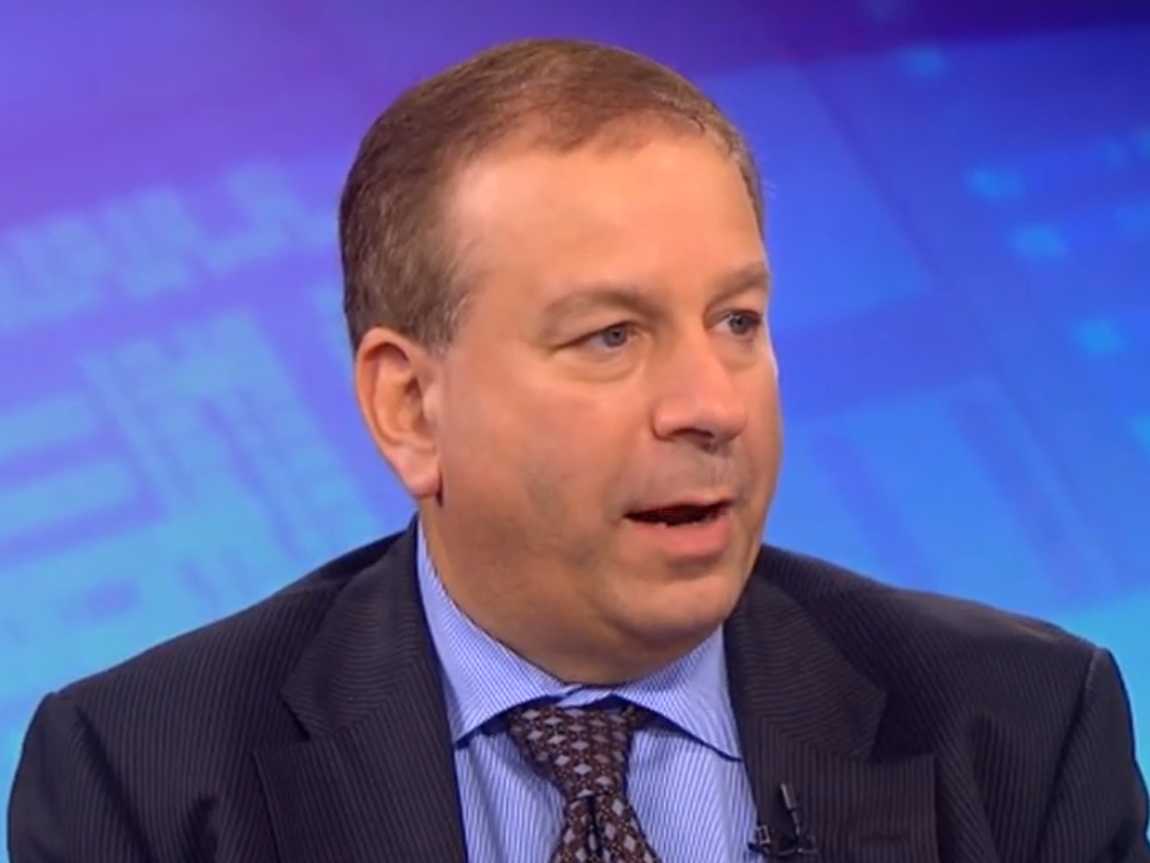The Federal Reserve built up a $4.5 trillion fortress by buying up government debt as it dealt with the worst crisis since the Great Depression. It did this to suppress interest rates. Now that the US economy is on a stronger footing and US banks are in relatively good shape, the Fed is left with the task of unwinding all this. The minutes from the June Federal Open Market Committee meeting indicate it could begin in earnest in September, Deutsche Bank economists Brett Ryan and Matthew Luzzetti wrote in a note to clients on Wednesday.
But of course, as widely forecast as it is, worries about the potential impact of this have pushed Treasury yields – and therefore interest rates in many corners of the US economy – higher since mid-June. The benchmark 10-year yield has rallied from 2.12% on June 14 to 2.38% now. Wall Street is expecting the 10-year to hit 2.90% in the next 12 months as the Fed lets expiring Treasurys run off its balance sheet. When the unwind happens, however, it could catch traders in both the bond and stock markets off guard, warns Gluskin Sheff economist David Rosenberg. Here’s Rosenberg referring to the Fed’s various bond-buying programs, dubbed quantitative easing, or QE, and their impact on stocks and bonds (emphasis ours):
“In fact, when you go back and look at the announcements of QE1, QE2, and QE3, the Treasury market actually did not rally on these … but the stock market sure did! And you know what, in those intermittent periods when the Fed stopped its balance sheet expansion (only to then precipitate the next round), the ensuing pullback in risk appetite and the correction in the S&P 500 actually caused the bond market to rally on the safe-haven effect!
“This is a warning to those who believe that ending QE is going to be worse for Treasuries than equities … on average, the unveiling of QE1, QE2, and QE3, generated an average 27.5% surge in the S&P 500 and the 10-year T-note never rallied once.”
As for how it all plays out, Rosenberg sees three paths.
The Fed can end up tightening too quickly and create a repeat of 1937-1938, which created a double-dip as the US economy was thought to be emerging from the Great Depression. It could engineer a "soft landing" like it did in 1994-1995. The Fed could keep rates too low for too long like it did in 2004-2006, sowing the seeds of the housing and credit bubble.
Regardless of the outcome, Rosenberg warns: "The economy may end up being spared, but what we do know about these three prior episodes, in fact, what we know about all thirteen periods of Fed tightening in the post-WWII era, is that these cycles don't end without the financial excess of the bull market condition becoming exposed, and then expunged."


